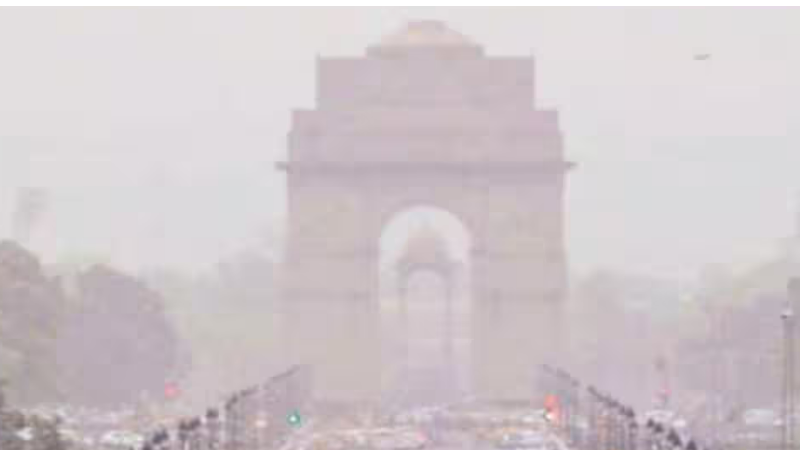India, one of the fastest developing countries in the world, is facing alarming challenges such as pollution and population. Air pollution stands out as a critical concern, especially in metropolitan cities like Delhi, Mumbai, and Bengaluru, which consistently rank among the most polluted cities in the world.
Understanding the Air Pollution Crisis in Delhi.
Delhi’s Air Quality Index (AQI) crossed the 500 mark and is now in the “Severe Plus Category” as per the Central Pollution Control Board (CPCB) bulletin. Stubble (parali) burning(method of removing paddy crop residues) contributed to 18 % of net pollution and the city’s local transport contributed to another 18% of pollution in Delhi.
Delhi’s air pollution is a complex issue arising from various factors:
Vehicular Emissions: Delhi has over 10 million registered vehicles, and emissions from cars, trucks, and motorcycles contribute significantly to the city’s deteriorating air quality.
Crop Residue Burning: The seasonal practice of burning agricultural residue in neighboring states like Haryana adds a layer of smog to Delhi’s atmosphere. This problem increased especially during winter.
Geographic and Climatic Factors: Delhi’s landlocked location and lack of natural ventilation increase the problem during winter when temperature change traps pollutants close to the ground.





